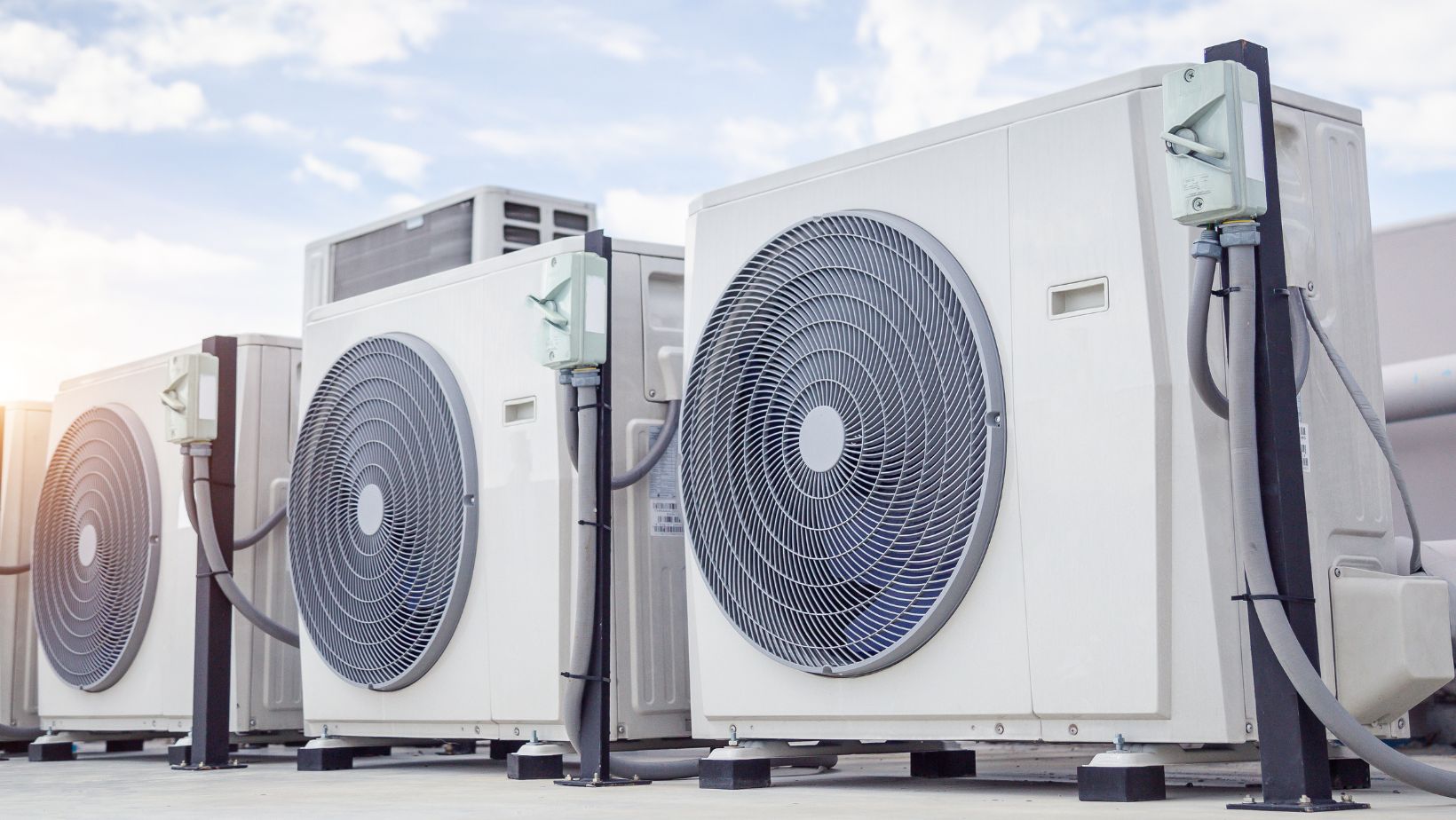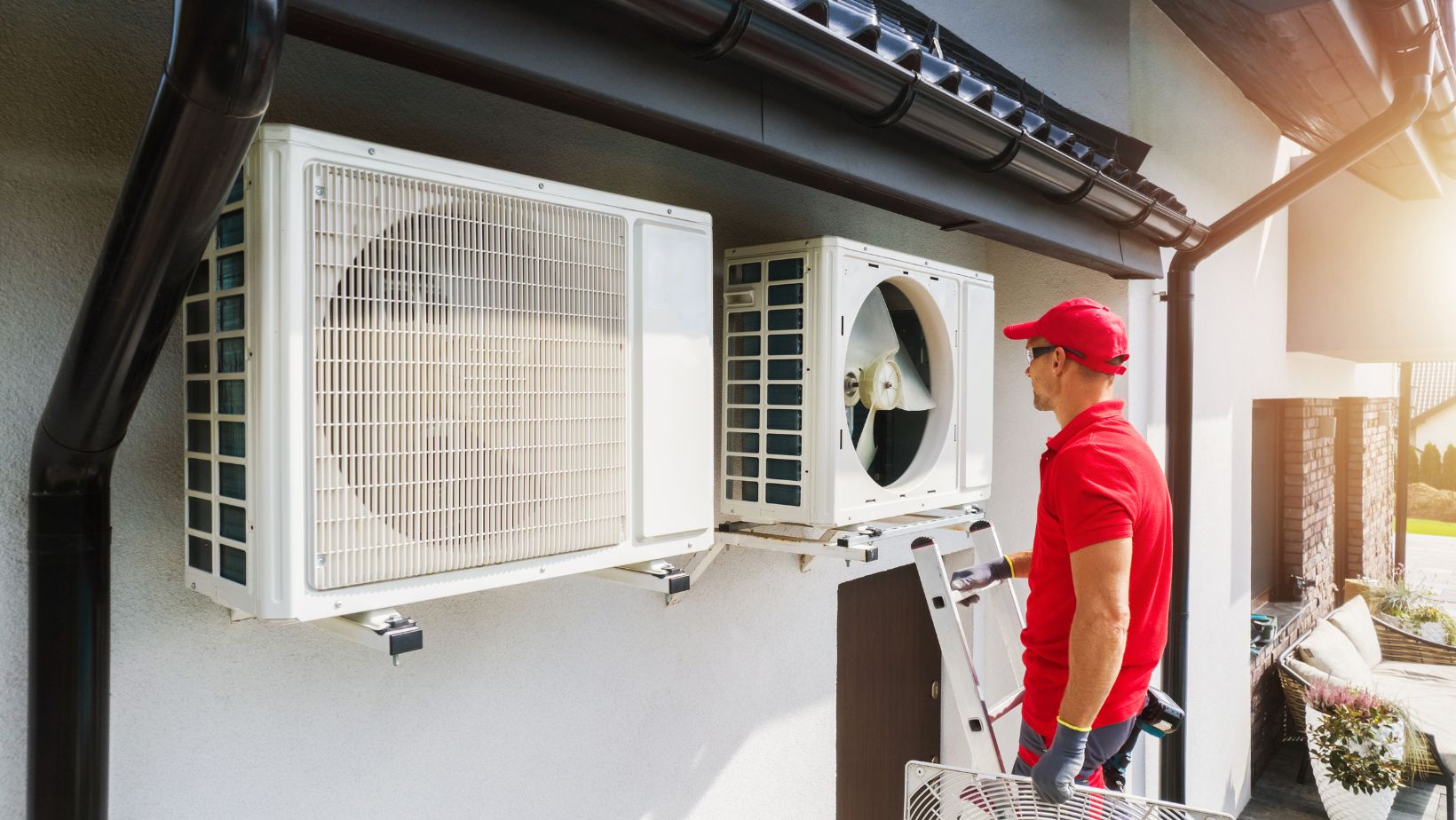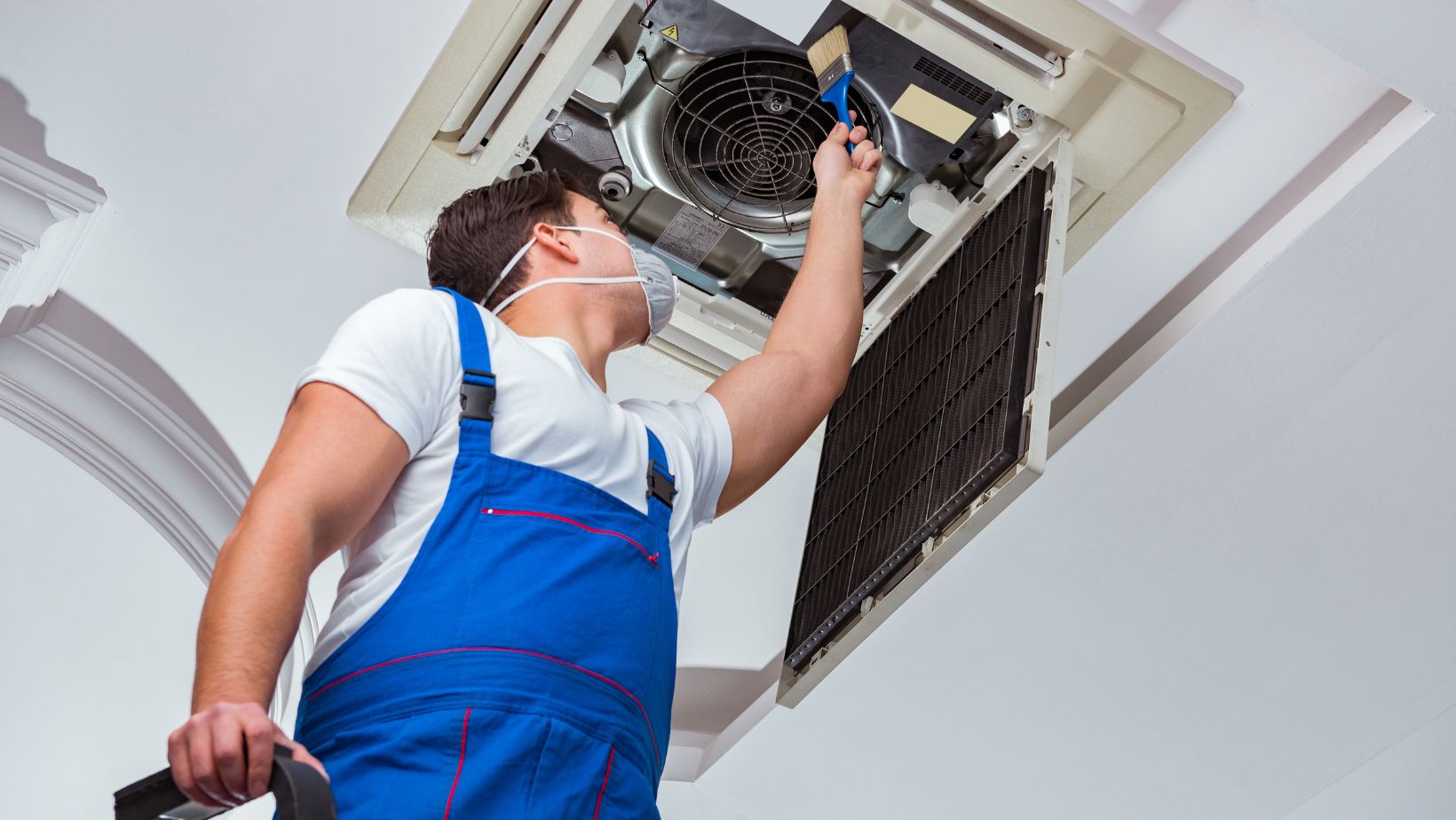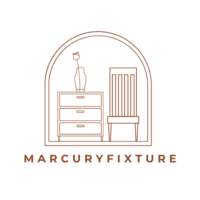
A good HVAC system does a tremendous job maintaining the internal temperature in your home. If you want to keep it working well, you’ll need to attend to the various preventative maintenance tasks that are required.
What you check will depend on the demands of different conditions. During the winter, you will want substantial heat, while you will likely keep things a bit cooler during the summer. Below is a look at some of the items that should be on your HVAC checklist.
What Are the Conditions Like?
The most important thing is understanding the specific demands of your location. For example, those in the Midwest will likely experience extremely pronounced seasonal changes. What does an incredibly toasty summer require when it comes to HVAC services in Los Angeles? What about those super cold winters?
Summers
Typically, the summer will be characterized by extreme heat and humidity. Of course, there may even be thunderstorms to contend with. During this period, temperatures can skyrocket all the way into the 90s, which means your air conditioning unit is your best friend. You will likely be putting some amount of strain on it.
Winters
On the other hand, the winter periods can be extremely cold. Depending on where you are, you may have to contend with snow and sub-zero temperatures, which means frozen pipes become a possibility. As you can imagine, failing to prepare can lead to a super uncomfortable time.
Summer Maintenance
The first element on your summer checklist will be checking and replacing your air filters. This is something you will want to do regularly. When they are clean, you will experience better indoor air quality, which means that your HVAC system will deal with less strain.
Next, make sure that you inspect the cooling system well. The pumps and the associated ductwork need special attention. Remember that there will be an increased demand for cooling during this time so heat pump repair services in Los Angeles from Pure Eco Inc. may be delayed due to demand.
Cleaning the condenser unit is next on the list. Outdoor units are known for their impressive ability to accumulate vegetation, debris, and dirt. Therefore, a somewhat regular cleaning process is going to be required to guarantee that there are no obstructions. Doing so will ensure that heat exchange is happening optimally. Additionally, there will be fewer overheating worries.
If there were any leaks detected during the ductwork checks, this is a good time to ensure that they are well sealed. Any compromises in the integrity of your ductwork are likely going to allow cool air to escape. When this happens, your system will need to work harder to compensate.
Finally, you’ll want to do a thermostat test to see if you are getting accurate readings. If you notice that anything is off, this is a great time to calibrate the unit.

Depending on how it functions, you may also want to consider upgrading to one of the programmable or smart options. They offer better control and will lead to greater energy efficiency.
Winter Maintenance
On the winter side of the fence, warmth is going to be the priority. Here, you’re also going to start by checking and replacing your air filters. Proper airflow is going to be mandatory in maintaining a well-heated interior. Recall that filter clogging leads to undue stress on the system, which reduces its overall efficiency.
The inspection process is next on your list. Your furnace, heat pump, and other associated components all need attention. After all, they may be in different states of wear and tear. You want to identify any elements that are not in good working condition, so that they can be repaired or replaced before they really become a problem. If your current system struggles to maintain efficiency, upgrading to radiant heat systems could provide a more reliable and cost-effective heating solution.
Next will be the ductwork and vents. With winter on the way, heat distribution is a massive concern. If there are leaky ducts or inhibited events, there will be a lot of wasted energy. Beyond that, you may end up noticing that some areas of your house are well-heated while others are not.
If you have a programmable thermostat, now is a great time to ensure that it is well-adjusted for the winter conditions on the way. Effectively, you will want to allow lower temperatures when you’re not around. Of course, the idea is to increase them once you get home. This is where a smart thermostat shines, so you want to ensure that you have one.
The final step is to check for drafts. Windows and doors will be your focus areas for this task. Ensure that you adequately seal any cracks or gaps that you may come across. After all, you don’t want the warm air generated by your heating system to be escaping. As is the case with many of the other recommendations, doing this contributes to greater efficiency.
Consider Getting a Professional Inspection Done
Obviously, there is a lot that you stand to gain from executing the suggested HVAC checklist items outlined above. Who doesn’t want to stay on top of these maintenance tasks? Be that as it may, there is only so much and no more that can be achieved without a professional touch.

Sometimes, there can be concerns, such as electrical or material issues, which may not immediately be apparent to the untrained eye. Of course, many of these things end up spiraling into bigger problems that are more costly if they are left unaddressed.
Much of what was said above would fall under the surface-level category. Professional inspectors are very detailed in their approach. They will cover elements, such as critical part cleaning, refrigerant level verification, and component function checks. This is the best way to go if you want confidence in your system to take you through an entire summer or winter.
It’s not just about earlier repairs either. Proper maintenance with a professional touch will likely cause you to see tremendous longevity improvements. This means that you will save on your energy bills, and it will also translate to less complex remediation needs in the future.
Are the Preparations Done?
Now, you have a much better understanding of what your maintenance checklist should look like. Don’t assume that everything will be fine because things seem to be working at a point in time.
This is one of those areas in which it is much better to be safe than sorry. Do the checks that you can, but remember to call in the professionals for a more comprehensive review process.


